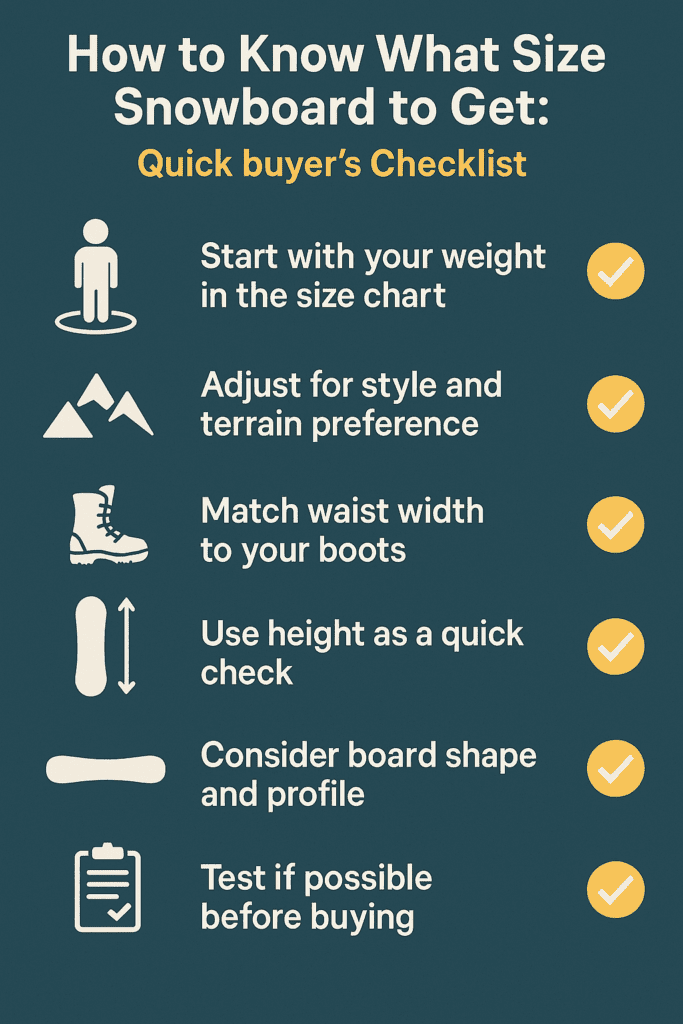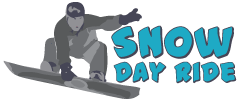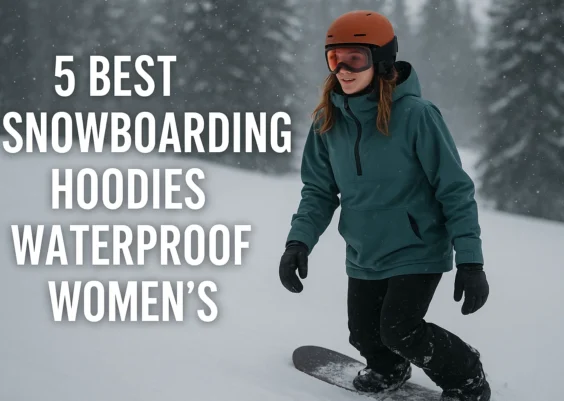Last updated on October 20th, 2025 at 11:09 am
Checklist: How Do You Know What Size Snowboard to Get
- Start with your weight in the size chart
- Adjust for style and terrain preference
- Match waist width to your boots
- Use height as a quick check
- Consider board shape and profile
- Test if possible before buying
Choosing the right snowboard size isn’t about guessing. The correct size matches your weight, riding style, terrain preference, and boot size. Get it right, and the board will feel balanced, predictable, and responsive. Get it wrong, and it may feel sluggish or unstable.
This guide breaks down each factor step-by-step, includes clear charts, and gives you real-world examples so you can see exactly how sizing decisions are made.

1. Start with Your Weight
Snowboard sizing starts with weight, not height. Brands design flex and response for a specific weight range. Staying within that range ensures the board rides as intended.
General weight-to-length chart for all-mountain boards:
| Rider Weight | Suggested Length |
|---|---|
| 100–130 lb (45–59 kg) | 135–145 cm |
| 130–150 lb (59–68 kg) | 145–152 cm |
| 150–170 lb (68–77 kg) | 152–158 cm |
| 170–190 lb (77–86 kg) | 158–162 cm |
| 190–210 lb (86–95 kg) | 161–166 cm |
| 210–230 lb (95–104 kg) | 165–172 cm |
Tip:
- At the top of your weight range? Size up for stability.
- At the bottom? Size down for quicker turns.
2. Adjust for Riding Style
A few centimeters in length can make a big difference in how a snowboard feels.
| Riding Style | Adjustment | Why |
|---|---|---|
| Freestyle / Park | 2–5 cm shorter | Easier spins, presses, and tricks |
| All-Mountain | Chart length | Balanced performance |
| Freeride / Powder | 2–6 cm longer | More float and stability |
Example:
If the chart suggests 156 cm for your weight:
- Park focus → 153 cm
- All-mountain → 156 cm
- Freeride → 158–160 cm
3. Match Width to Boot Size
The board’s waist width should match your boots so you avoid toe or heel drag but still get quick edge response.
Boot Size to Waist Width Guide:
| US Boost Size | Waist Width |
|---|---|
| 7–9 | ~244–252 mm (Standard) |
| 10–11 | ~253–260 mm (Mid-Wide) |
| 11.5+ | ~261–270 mm (Wide) |
Check:
Your boots should overhang the edges by about 1–2 cm on each side when strapped in.
4. Use Height as a Quick Check
Weight is the main factor, but height helps catch obvious sizing errors.
Rule:
Stand the board upright next to you. For most all-mountain boards, the tip should reach between your collarbone and nose.
5. Factor in Shape and Profile
The design of your board can slightly change how a given length rides.
| Profile | Feel | Sizing Impact |
|---|---|---|
| Camber | Strong edge hold, lively pop | Can size slightly longer |
| Rocker | Easier turns, more float | Can size slightly longer for stability |
| Directional | Stable in one direction, better in powder | Often run longer |
| True Twin | Equal performance in both directions | Often run shorter |
6. Real-World Rider Examples
Here’s how riders of different sizes, boot fits, and styles choose their boards. Each case shows the logic behind the choice.
Example 1: Balanced All-Mountain Rider
Profile: 5′10″ (178 cm), 170 lb (77 kg), US 10 boots
Style: All-Mountain – a mix of groomers, trees, and occasional park runs
Conditions: Varied resort terrain
Why This Size Works:
Weight puts them in the 152–158 cm range. They pick 156–158 cm for a balance of stability and maneuverability. Mid-wide waist (255–260 mm) matches US 10 boots, preventing toe drag.
Choice: 157 cm, mid-wide waist 258 mm.
Example 2: Park-Focused Rider
Profile: 5′6″ (168 cm), 140 lb (64 kg), US 7 boots
Style: Freestyle/Park – jumps, rails, spins
Conditions: Park lines and side hits
Why This Size Works:
Chart suggests 145–152 cm. Shortening to 148–150 cm makes spins and presses easier. Standard waist (246–250 mm) keeps response quick for smaller boots.
Choice: 149 cm, waist 248 mm.
Example 3: Aggressive Freerider
Profile: 6′1″ (185 cm), 195 lb (88 kg), US 12 boots
Style: Freeride — steep lines, powder days, carving at speed
Conditions: Back bowls, trees, powder
Why This Size Works:
Weight calls for 161–166 cm. For more float and speed stability, they size up to 164 cm. Wide waist (262–268 mm) matches US 12 boots.
Choice: 164 cm, waist 265 mm.
Example 4: Light Beginner Rider
Profile: 5′4″ (163 cm), 120 lb (54 kg), US Women’s 7 boots
Style: Beginner – learning turns and control
Conditions: Groomed resort runs
Why This Size Works:
Weight range is 135–145 cm. They go short at 138 cm for easier control while learning. Narrow waist (~240–244 mm) is more responsive for small boots.
Choice: 138 cm, waist 242 mm.
Example 5: Powder-Trip Board
Profile: 5′9″ (175 cm), 165 lb (75 kg), US 9.5 boots
Style: Powder-focused – backcountry and deep snow trips
Conditions: Heli-ski and big snow days
Why This Size Works:
All-mountain size is 152–158 cm, but for a volume-shifted powder board, they can go shorter (150–154 cm) without losing float. Waist width of 252–255 mm matches boots.
Choice: 153 cm volume-shifted, waist 254 mm.
Final Tip
If you’re between two sizes:
- Want quicker turns and playful feel? Go shorter.
- Want more stability and float? Go longer.
Pick a board that matches how and where you ride, and it will feel like it was made for you from the first run.




